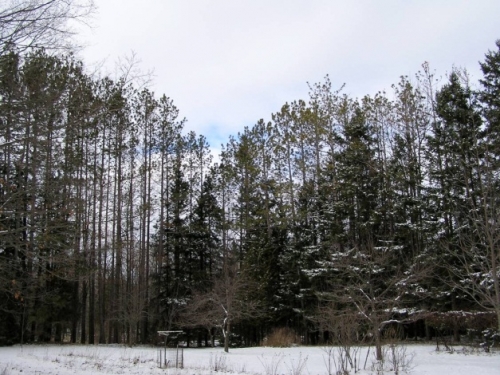Dead and dying trees threaten Michigan homes and rural communities
Tree mortality from increased bark beetle activity poses an ever-increasing risk of wildfire loss to homes and communities in rural areas.
Bark beetles are very small insects native to our region that can, when populations explode, overwhelm and kill trees. Stressed trees are most vulnerable to this insect activity. U.S. Forest Service analysis indicate current outbreaks and resulting tree mortality related to bark beetle action are the largest in recorded history and have been linked, in part, to climate change influenced impacts.
Warming temperatures combined with unusually dry conditions stress trees and encourage increased insect activity. Michigan State University Extension news reports recent research has identified 107 separate species of bark beetles in the state indicating an increase in not only insect activity but also in the number of species.
Pine-forested areas are most susceptible to loss from increased bark beetle activity. History shows our greatest losses to wildfires in Michigan have occurred in or adjacent to pine forests. Increased mortality due to climate change impacts, including increased bark beetle devastation, will heighten the fire risk to these forested areas in the future.

Thinning canopy in stressed, dying pine
Homeowners and communities in the vicinity of these forested pine areas need to be aware of the increasing risk and implement practices designed to reduce the chance of loss of homes and structures. Through the programs and educational materials from the Firewise program offered by MSU Extension, homeowners and communities can find helpful information on how to protect their ownerships from increasing wildfire risks.
Recommendations are for individual homes and structures that are located in wildland interface areas to have a minimum of 30-feet “defensible space” adjacent to each building. It is strongly advised that combustible material be eliminated as much as is possible in this zone. In areas with increasing numbers of dead and dying tree property, owners may want to consider increasing this defensible perimeter to better safeguard their structures from wildfire loss.



 Print
Print Email
Email




